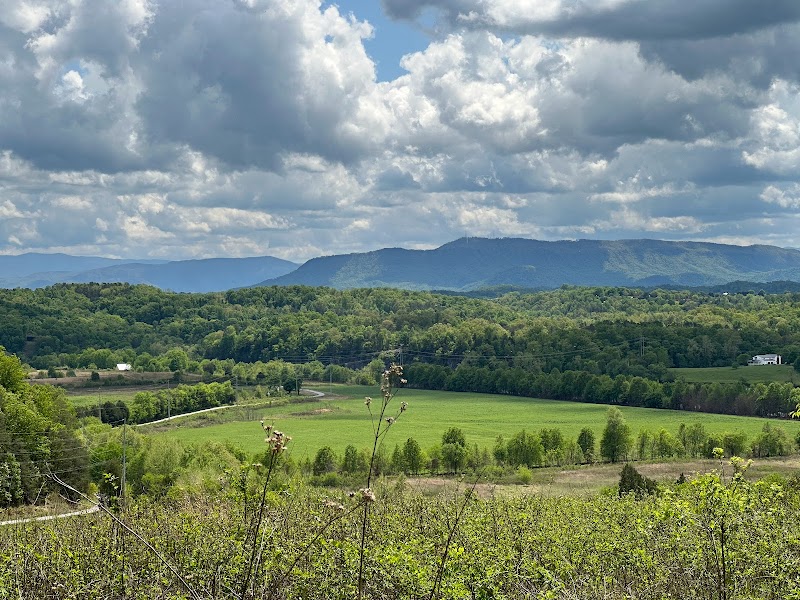
Seven Islands State Birding Park Adventures
Seven Islands State Birding Park is a tranquil haven for birdwatchers and nature enthusiasts, located along the French Broad River in Tennessee. The park offers a range of habitats, making it an ideal spot for observing an array of bird species.
Popular Activities
Capturing Nature's Canvas: Photography at Seven Islands State Birding Park, TN
In the heart of East Tennessee, the Seven Islands State Birding Park invites photography enthusiasts and nature lovers alike to embark on a transformative journey. With over 400 acres of lush landscapes, winding trails, and diverse wildlife, this park isn’t just a destination; it’s an opportunity to frame the essence of Tennessee’s natural beauty through your lens.
As you approach the park, the spirit of the Tennessee River greets you with a gentle breeze—an invitation to explore. The wooden boardwalks and well-maintained trails guide you through a variety of ecosystems, offering panoramic views and intimate wildlife encounters. Picture yourself stepping onto the trail at sunrise, where the golden light dances upon the trees and glimmers on the water's edge, casting a warm glow on the vibrant greens and earthy browns that paint this sanctuary.
The park is renowned for its impressive birdwatching opportunities. With over 200 species of birds recorded, it’s a photographer's paradise—particularly for those looking to capture the fleeting moments of avian life. Keep your camera ready as the elusive herons and striking egrets take flight, their wings paint the air with elegance and grace. Don’t forget to experiment with your settings; early mornings or late afternoons yield soft, diffused light, ideal for capturing the intricate details of feathers and the thrill of a bird in motion.
To maximize your photographic expedition, consider the essential gear for this adventure. A telephoto lens will allow you to get close-up shots of birds without disturbing their natural behavior, while a sturdy tripod can stabilize your camera for those longer exposure shots, especially as twilight approaches and shadows lengthen. Moreover, invest in polarized filters to enhance colors and reduce glare from the water—this can make your images pop, ensuring the blues of the river and greens of the foliage stand out with vivid clarity.
The terrain at Seven Islands State Birding Park is as diverse as its wildlife, offering everything from open fields to shaded woodlands. Be prepared to navigate various paths; some are paved, while others may lead you through grassy stretches dotted with wildflowers. The sights here are not limited to avifauna—capture the rhythm of the rustling leaves, the playful squirrels chasing each other, and the majestic oaks standing sentinel over this stunning landscape. Each corner of the park offers a new scene waiting to be immortalized, so take your time—the journey is just as rewarding as the destination.
As you roam the park, be aware of your surroundings and ready to adapt your photography strategy to the light and environment. Clouds may shift, creating dramatic skies, or sunlight may filter through tree branches in a manner that seemingly brings the scene to life. Embrace these changes; they are the park's way of presenting its ever-evolving beauty. Remember to carry water and snacks, as you can easily become lost in the moment, and the combination of exploration and photography can easily stretch into hours.
Moreover, enhance your experience by connecting with other park-goers. Engaging fellow photographers can provide insights on angles, techniques, or hidden spots you may have yet to discover. Share stories of your most memorable shots and listen to theirs; the community here thrives on a shared passion for nature's fleeting moments.
Ultimately, a visit to Seven Islands State Birding Park is not just about taking pictures; it's about celebrating the harmonious relationship between humanity and the natural world. It's an open invitation to explore, to see, to create, and to reflect through the lens of your camera. Get ready to capture not just images, but stories that echo the essence of this breathtaking sanctuary. Pack your gear, ignite your passion, and set forth into the beauty that awaits—each click of the shutter is a step on the path to discovering the splendor of South Tennessee’s rich biodiversity.
Plan Your Visit
Everything you need to know to prepare for an unforgettable trip to Seven Islands State Birding Park.
Entrance Requirements
No permits or fees required.
Best Time to Visit
Spring and fall offer the best birdwatching opportunities and mild weather.
Visitor Information
No designated visitor center; information available at trailheads.
Getting There
Accessible year-round, located off Highway 168.
Weather & Climate
Mild springs, warm and humid summers, pleasant autumns, and cool winters. Seasonally variable precipitation, with spring and fall being particularly comfortable.
Conservation Efforts
The park focuses on conserving bird habitats and native plant species. Visitors are encouraged to stick to trails to avoid disturbing sensitive areas.
Camping in Seven Islands State Birding Park
Find the perfect spot to stay overnight and immerse yourself in the details.
Top Trails
Upland Trail
Provides scenic hilltop views and is excellent for birdwatching along wooded areas.
River Trail
Follows the riverbank, offering opportunities to see waterfowl and river views.
Cane Trail
Short trail through diverse habitats, ideal for quick birdwatching excursions.
Hickory Ridge Trail
Showcases the park's more remote areas with dense foliage and varied bird species.
Trailblazer Tips
Arrive early in the morning for the best birdwatching experiences.
Summer months can be humid, so bring plenty of water and sun protection.
No entrance fees are required, making it an accessible option for all visitors.
Bring binoculars and a field guide for bird identification.
